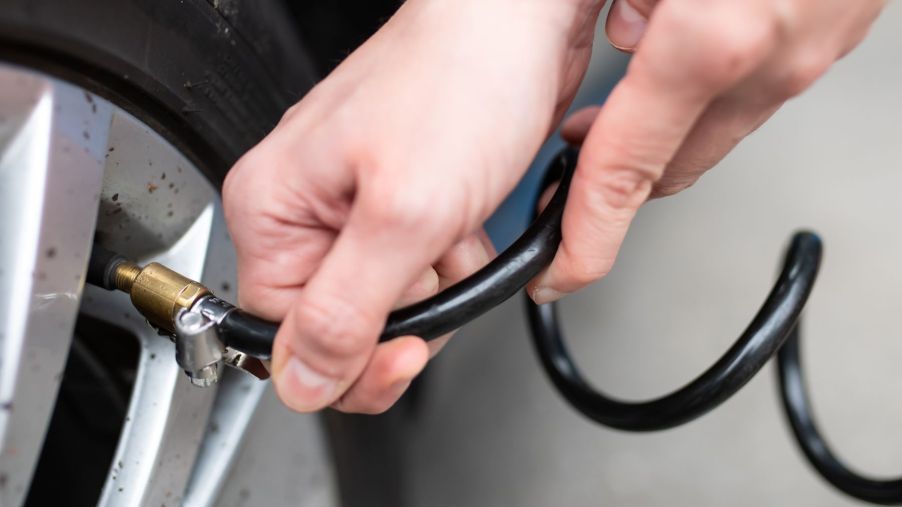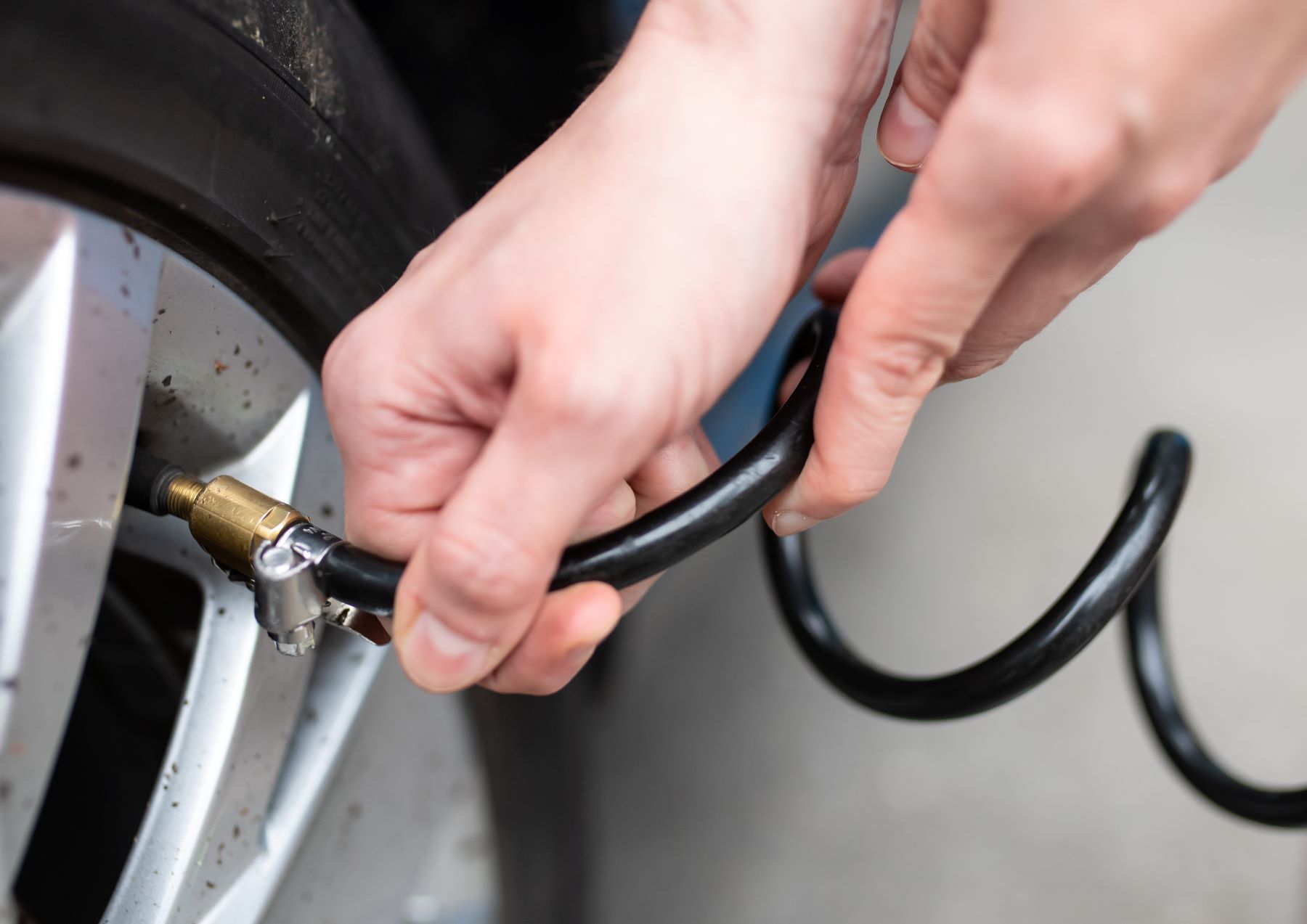
What Should Your Tire Pressure Be in the Summer?
Summer is a great time to take a road trip on dusty roads or the highway and explore. Have fun with family and friends, but you won’t get far if your car’s tires are not properly inflated. Additionally, the rising temperatures of summer may affect your vehicle’s tire pressure. You must ensure your tires are correctly inflated for a safer, more efficient, and fun road trip. So, what tire pressure is perfect for the summer season?
Problems caused by underinflation and overinflation

Correct tire pressure can increase your car’s fuel efficiency, proper handling and safety, better braking, and smoother rides.
Meanwhile, underinflated tires reduce your car’s fuel economy, make it slow to respond, sluggish to drive, and decrease the lifespan of your tires since a larger surface comes in contact with the road. Additionally, underinflated tires will need to be replaced often, driving up your vehicle’s operating costs.
On the flip side, when a tire is overinflated, there is less contact on the road, the tires will wear unevenly and prematurely, and handling while braking becomes poor.
What is the recommended tire pressure?
The recommended tire pressure is 30 to 35 psi (pounds per square inch), according to Nationwide. However, different car models can have specific psi numbers as recommended by manufacturers. To know the recommended psi of your car, you need to check your manufacturer’s website, your vehicle’s manual, or parts of your car.
Your car’s ideal pressure should be constant all year round, but if you live in areas with high-temperature fluctuation, you need to adjust accordingly. High temperatures affect your tire pressure. An increase or decrease in 10 degrees Fahrenheit will cause your tire to lose or gain 1 psi.
What tire pressure should you have in the summer?
You need to know the psi recommended by the manufacturer. Then with the knowledge that an increase of 10 degrees Fahrenheit causes a 1 psi increase, adjust as per your region’s temperature readings.
An important thing to consider is that your tire pressure should always be as the manufacturer recommends. The National Highway Traffic Safety Administration and the Department of Transportation (NHTSA) recommends using properly inflated tires to ensure you avoid fatal tire-related crashes.
How do you check your tire pressure?
According to Motor and Wheels, the following steps will enable you to check your tire pressure.
- You need to know your car’s psi of your vehicle since that should be your goal.
- If you don’t have a tire pressure gauge, you need to get one from a store near you with an automotive section.
- Find the valves on your tires.
- Find the cap on the valve and remove carefully remove it. Note that your car needs to be idle for some hours before doing this, but it can be at any time of the day.
- Make sure your gauge is correct; with the white stick in the covering,
- Insert the valve into the hole on the rounded side of the gauge. This will push the white stick out of the covering, showing the numbers on the sticks.
- Read the gauge. The highest uncovered number is your tire’s pressure.
- Ensure the reading number is one recommended by the manufacturer. If the number is higher, you need to release some air from your tires; if it’s lower, you need to add more air.
Please check all your car tires and not just one to ensure you enjoy your drives in the summer, save on fuel, and avoid flat tires and blowouts. If you don’t check your psi regularly, your tires may explode on a hot day. A flat tire releases the pressure slowly over time, but a blowout is a quick explosion.
According to Firestone Complete Auto Care, checking your vehicle’s psi is easy, and you only need to do it once a month. It can save your life, fuel costs, and new tires. Additionally, some cars have tire pressure monitoring systems installed to measure the air in your tires and will even let you know with a warning light if the pressure is too high or low.


